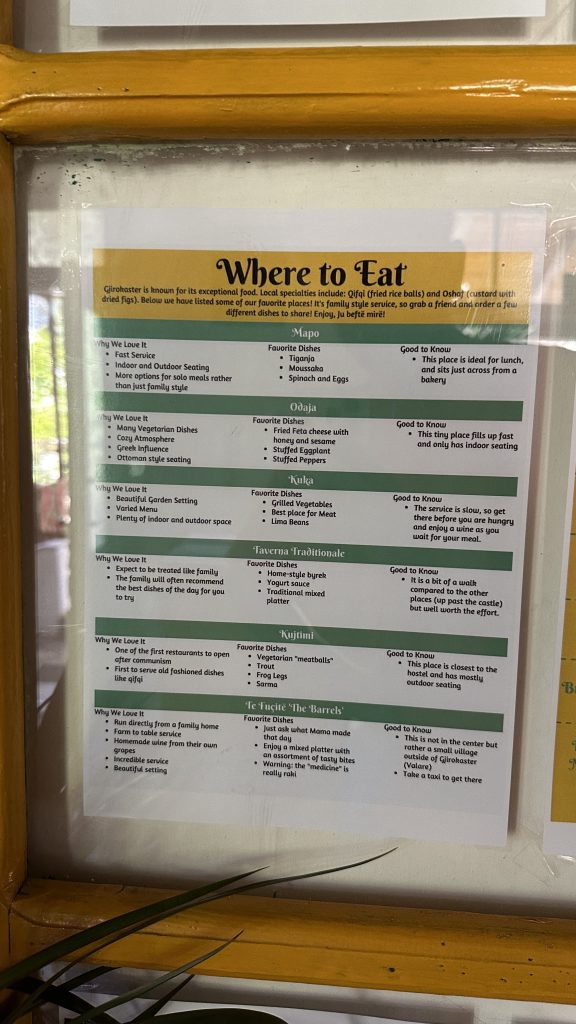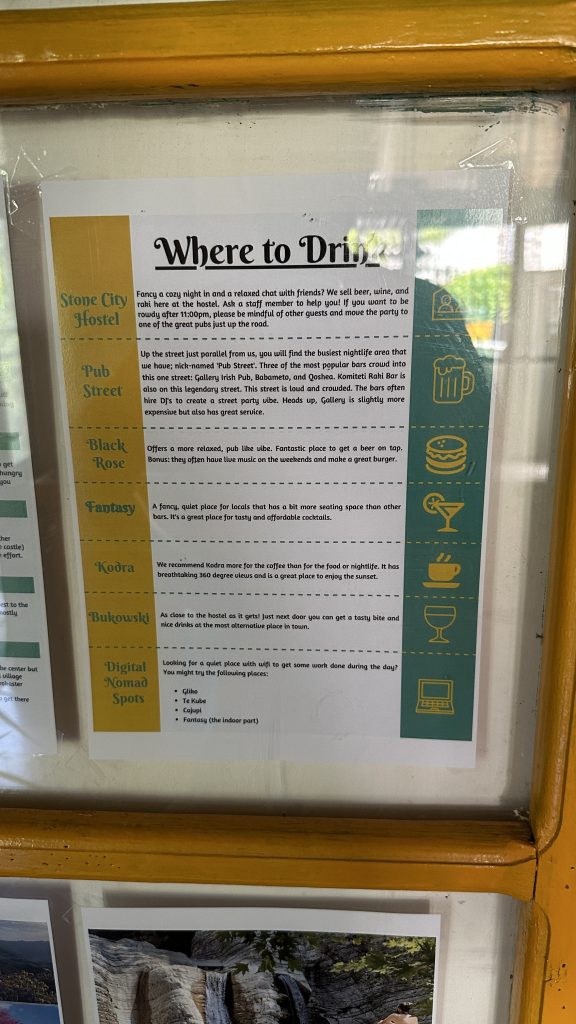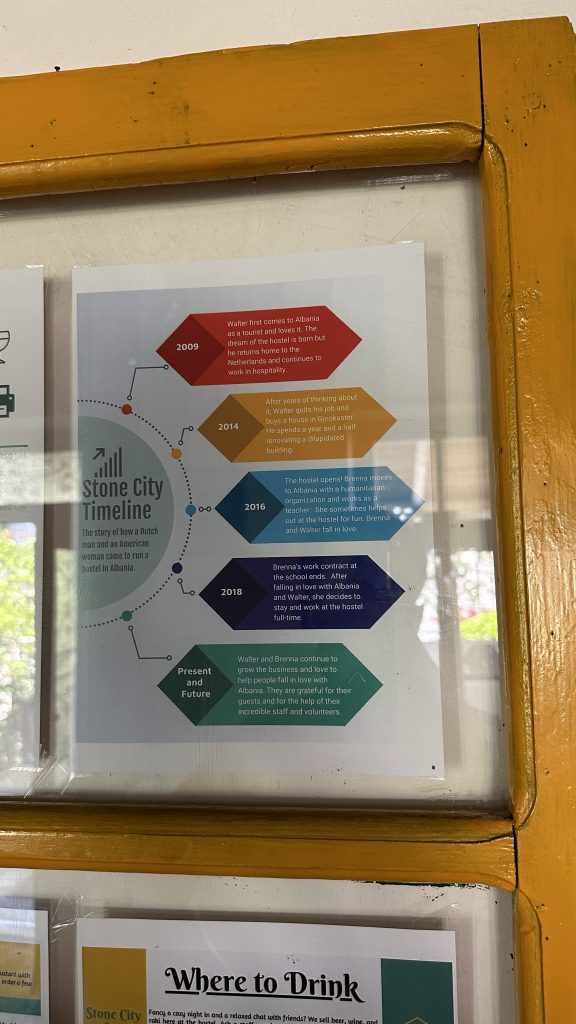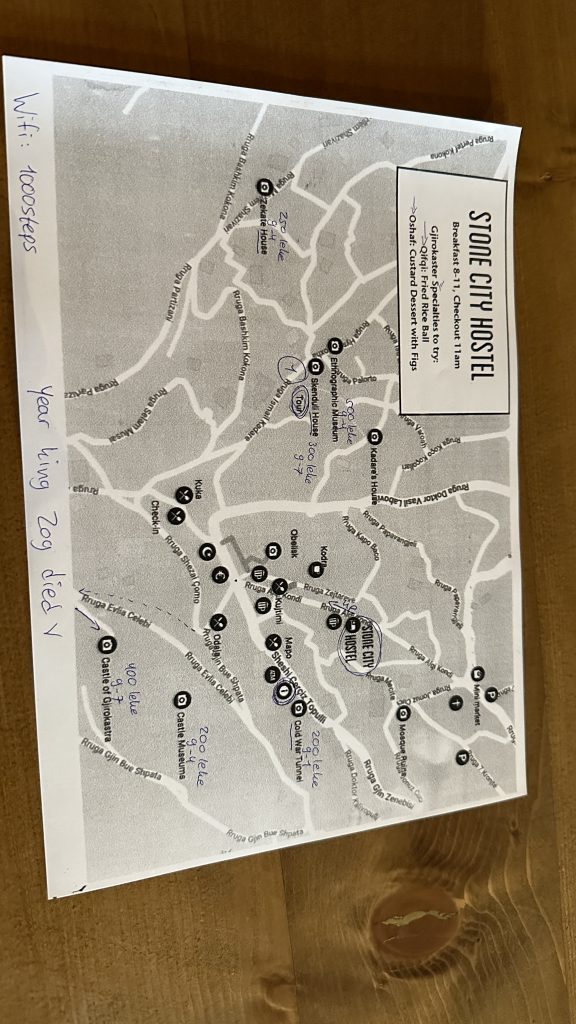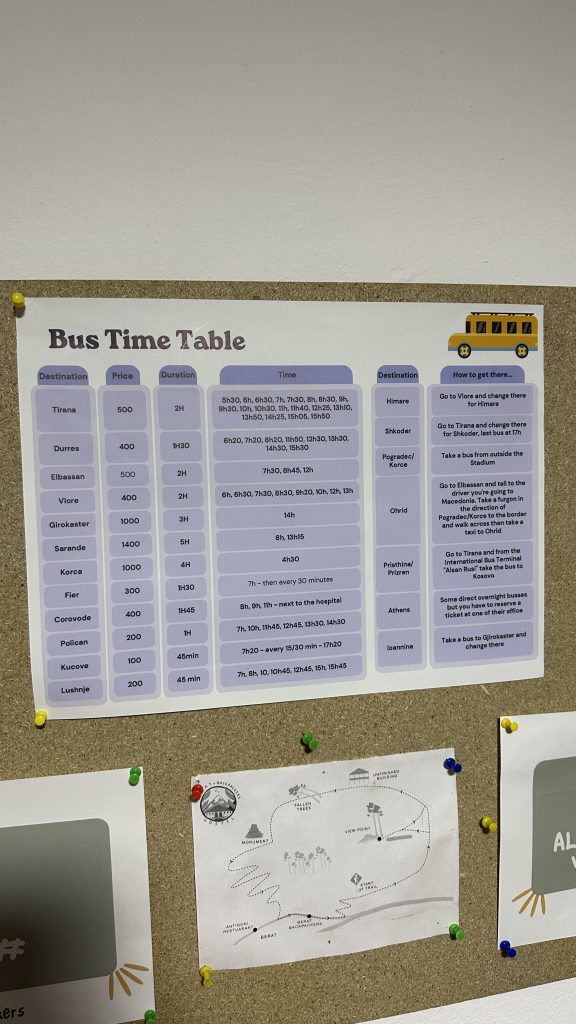It was time to head towards Gjirokaster – the birth place of Enver Hoxha, the famous communist leader and Ismail Kadare, the the poet and novelist. Gjirokaster has been declared a UNESCO heritage site in 2005 for its architecture and historical significance. It is also known as Stone City of Thousand Steps. It is similar to Berat but much larger in size with more number of Ottoman styled buildings. The name comes from Argyrón and Kástron meaning silver and castle or fortress; thus “silver castle”. Gjirokaster stands out as one of my favourite Albanian cities The city has a distinct Greek influence because of its proximity with the Greek border.
However, this city has had its share of challenges. Just after the communist rule in Albania came to an end, the city was affected by a massive pyramid scheme which shook the Albanian economy. I was really excited to visit this hidden gem for its captivating and intense history.
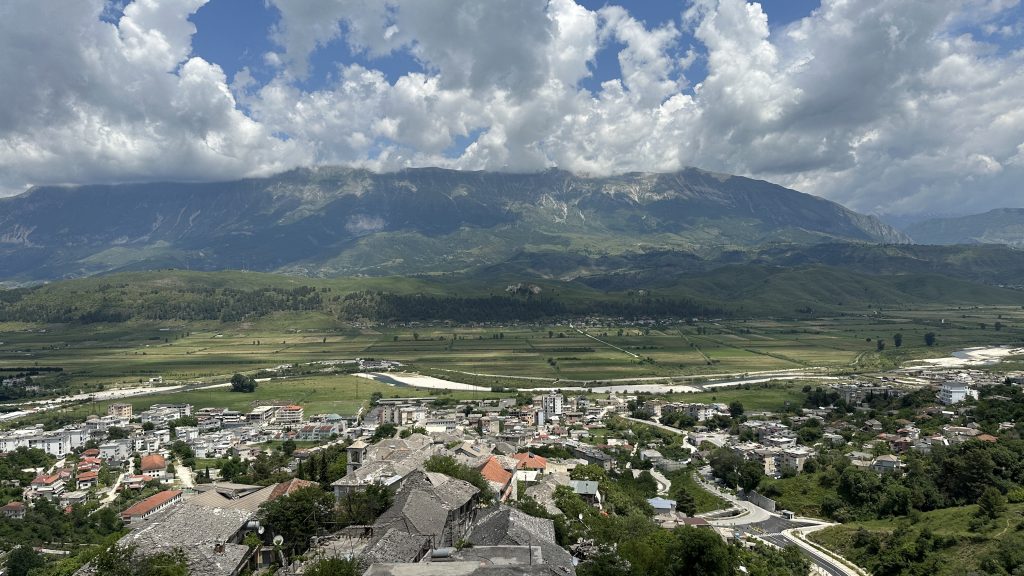
Unfortunately, there is just one bus from Berat to Gjirokaster that costs 1000Lek (8.3 Pounds / 890 INR). The journey takes about 3-4 hours. I had a fellow traveller from my hostel joining me from Berat to Gjirokaster. After breakfast we checked out of our hostel and decided to walk to the bus stop. On the way we planned to have some ice cream and cake from a local shop which was perfect as it was really hot and sunny and we were already drenched in sweat from the walk.
We reached the bus stop, waited a while for the bus and then left for Gjirokaster. Make sure to check the bus timings as the timetables keep changing in Albania. The public transportation can get really tricky at times.
The road to Gjirokaster is alluring with mountains, rivers and small waterfalls on either side. The bus-stop at Gjirokaster is in the new city down the hill near the main highway. And our hostel was located in the old town for which we had to go up the hill. The hostel was hardly a mile up the hill but due to the steep stoned paths, it takes around 30-35 minutes to reach up there. The ascent left us breathless as we reached our hostel. It is recommended not to carry a suitcase in such a terrain but rather travel light. You do have taxis; but they charge exorbitantly or refuse to go there at all.
I was put up at the Stone City Hostel which is supposedly one of the best hostels in Albania. Situated right near the main market, the hostel is not only clean and beautiful; but also has a very vibrant ambience. It is run by Walter and Brenna who are a sweet and hospitable couple. They do game nights and day trips to hidden gems of Sarande and Gjirokaster such as the ‘Blue Eye’. I paid 2100 Lek (17.6 Pounds / 1870 INR) for 2 nights which was totally worth it. It is recommended to stay here for at least 2-3 days because the ‘Blue Eye’ takes up the whole day as also a tour of the city as well. In the evening, Walter- the proprietor – hosts a free walking tour of the city for his guests showcasing the prominent landmarks and hidden treasures while sharing a wealth of information about the city.
We saw Enver Hoxha’s house which was burnt in 1960s by anti-communists and later restored and transformed into a tourist attraction. We also stopped by Ismail Kadare’s house. Walter had in-depth knowledge about the city and the way he explained everything to us can be compared to no other. The old town was where the rich resided and Skenduli House is the perfect example to feel the luxury of the place. This house was built by Skender Skenduli, a wealthy landlord in the 1800s. The architecture stands testimony to both the original design and the wear and tear over the decades of being a family home. It has now been transformed into a museum which one can go and visit. The invaluable insights shared by Walter is something which cannot be found even on the Internet.
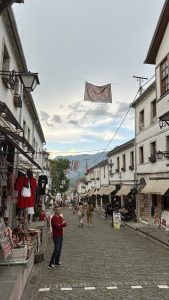
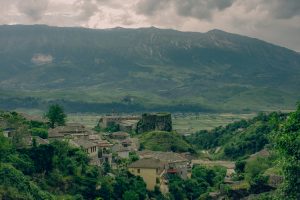
We ended the tour through a secret communist tunnel/bunker which Walter knew about. It was quite eerie inside, but thrilling at the same thing to go through this tunnel. This tunnel offers a wholly unique experience altogether; it exists as if it is frozen and stands still without any external preservations. It starts and ends at very discrete locations that are hard to locate. The tour concluded at the Gjirokaster Obelisk which is located near the first school opened in Albania. It is a tapered monolithic pillar crafted in distinct Albanian style architecture. It had nice views of the city. Walter then began asking us questions about the trail we did and when people started answering, I realised that the whole city is like a sprawling maze with small stoned alleys on a hill.
Upon the hostel’s recommendation, we went for dinner at Restaurant Odaja in the old bazaar. I had Fried Feta Cheese with honey and sesame and some meatballs. The Fried Feta Cheese is part of the Cretan Cuisine (a type of Greek cuisine) which once again reflects Greek influence on Gjirokaster’s culinary landscape as well. It is quite a unique dish and a must try.There was some carnival going on in the old bazaar, so we decided to take part in the festivities; we indulged in some fun games and activities before retiring for the night.
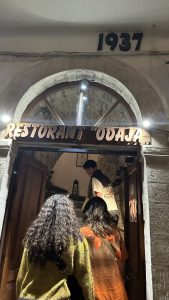
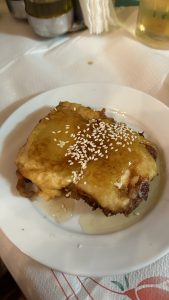
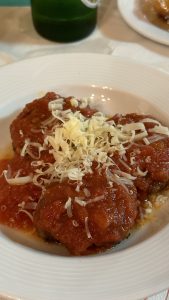
The next morning, after a delicious free breakfast with some freshly baked brownies, me and Alex – my co-traveller, went to the Castle. The entry fee is 400 Lek (3.3 Pounds / 270 INR). There is the Gjirokaster Museum which costs 200 Lek (1.6 Pounds / 180 INR) and the Arms Museum inside the castle which also had an additional charge. If time permits, it is recommended to visit both the museums, but the Gjirokaster museum is a must do. The Castle also houses a clock tower, cannons, tanks and a recovered US Plane. Every five years, the Gjirokaster National Folk Festival which holds a significant place in Albanian culture and tradition, is held on the castle grounds. As we wandered around the castle, we discovered its intricate network of small tunnels, rooms, prisons etc. which has an air of mystery around it. After exploring the castle for a good 3-4 hours, we headed to another restaurant Mapo, which was once again recommended by our hostel.
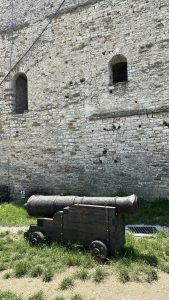
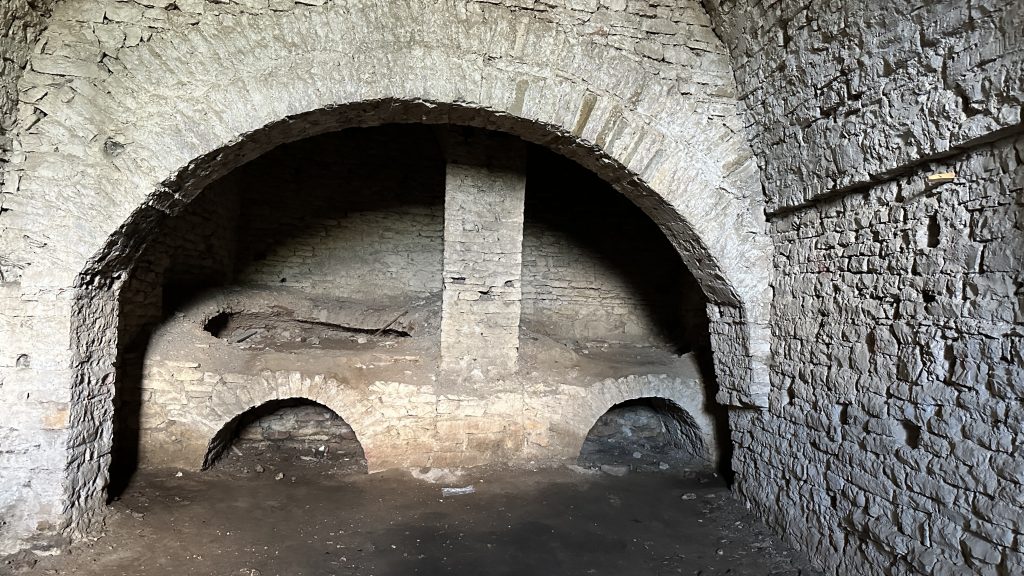
We had some delectable Albanian cuisine. It was different from the one up North. We ordered stuffed pepper rice and fried rice balls for lunch, which was yum. We ended our meal with Trilece, an Albanian caramel milk cake and some Baklava for dessert. Our tummies were full, yet we mustered the energy for a hike to our next spot – the Ali Pasha Bridge. It was a good 30-minutes steep climb to the viewpoint of the bridge. It is a nice place hidden away from the beaten path. We really wanted to take a stroll across the bridge but decided not to take the risk as we were warned of rainfall. Well! we did indulge in some photography, and had a good time enjoying the view. But as soon as the first lightning hit at a distance, we decided to head back before the downpour.
I don’t know if was a good sign or bad omen, but as soon as we reached the hostel, it started raining heavily. So the whole afternoon was spent at the hostel. In the evening, I decided to see the Zekate House which is another example of the grandeur of Ottoman Style architecture. I admired the Zekate house from outside. If you want to explore its interiors, it will cost you 250 Lek (2 Pounds / 220 INR). I walked through the bazaar, saw the bazaar mosque and had an early dinner at Taverna Kuka before heading back to the hostel for the games night.
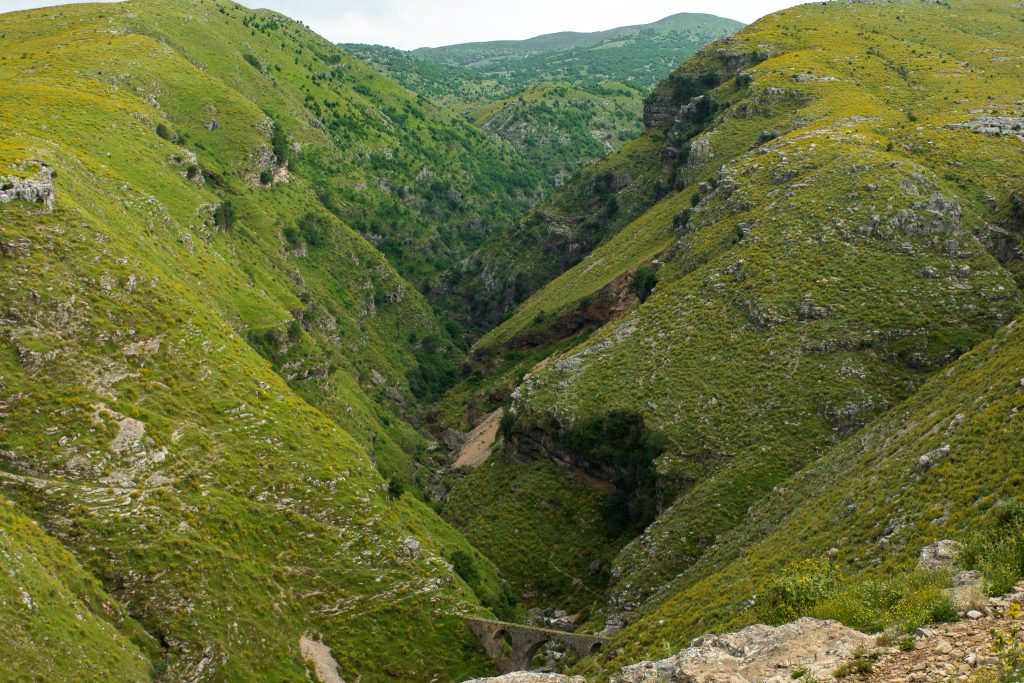
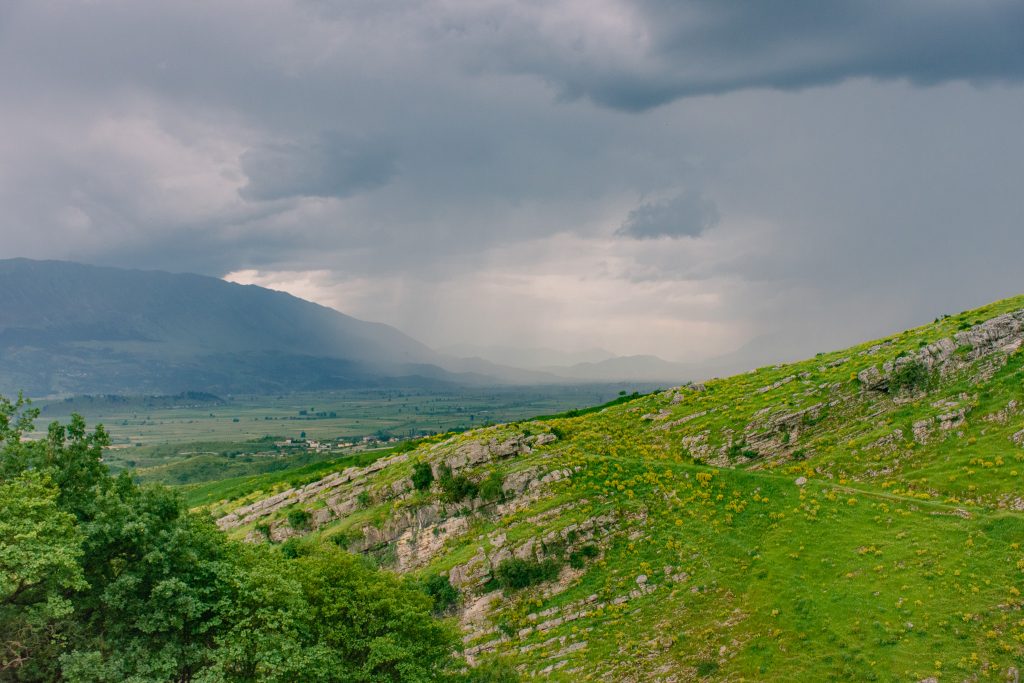
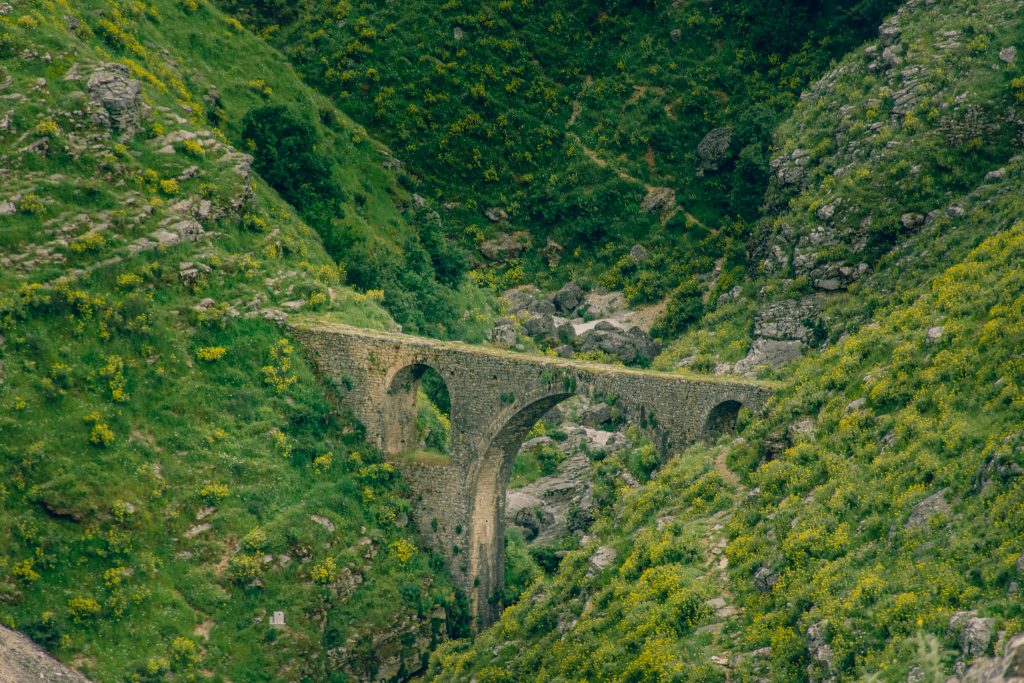
Everyone from the hostel had joined the games night which was great fun followed by drinking and dancing. The hostel had a curfew at 11 so we went out to explore some bars. Surprising all the bars were full of locals which was unexpected, but the ambience was energetic and vibrant. What a way to end the night and my stay at Gjirokaster. I had made new friends and was carrying some sweet and wonderful memories of this place. I was heading next to the Coast which I was really looking forward to. It was going to be a chaotic travel to the coast. Finally, after a week in Albania, I was going to the Albanian Riviera.
